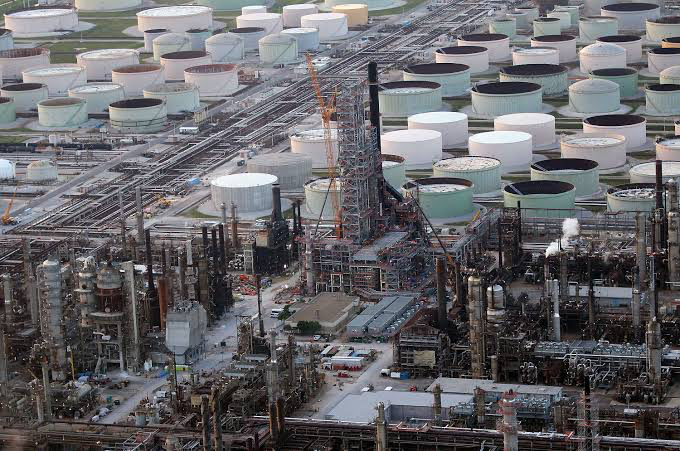The US oil industry saw a boom in upstream deals in 2023, with nearly $200 billion worth of mergers and acquisitions. But the refining sector was left out of the action, as many operators failed to find buyers for their aging and inefficient plants.
The lack of interest in US refineries reflects the changing dynamics of the energy market, as consumers and governments shift away from fossil fuels and toward cleaner and cheaper alternatives. Gasoline consumption, which accounts for most of the output of US refineries, likely peaked in 2018 and is expected to decline from next year onwards, according to government projections.
Refining margins under pressure
The pandemic-induced slump in fuel demand in 2020 and 2021 hit the refining industry hard, forcing several plants to shut down or reduce operations. Although margins recovered somewhat in 2022 and 2023, thanks to lower crude prices and higher product prices, they remain below the levels seen before the crisis.
Some refinery owners hoped to take advantage of the improved market conditions and sell their assets at a decent price. But potential buyers were scarce, as they weighed the long-term prospects of the sector and the costs of upgrading and maintaining the facilities.
“Until very recently margins were fairly high and owners might have begun to fantasize that they could get a very good price,” said Garfield Miller, president of downstream-focused investment bank Aegis Energy Advisors. “Those fantasies, however, have not turned into reality.”
No buyers for old plants
The last US refinery to change hands was the 63,000 barrels per day (bpd) Billings, Montana, plant, which independent refiner Par Pacific bought from Exxon Mobil for $310 million in 2023. That deal came after years-long efforts by the oil major to sell the facility and closed at the lower end of the $300 million to $600 million range industry insiders were expecting.
Other operators have been less successful in finding buyers for their plants, especially those that are older, smaller, or located in less favorable regions. Delta Air Lines has made multiple failed attempts to offload the nearly 100-year old, 190,000-bpd Trainer, Pennsylvania, refinery since 2018 and is still trying, sources close to the refinery said, requesting anonymity as the discussions are private.
Phillips 66, the third largest independent US refiner, is pursuing a $3 billion divestiture program that will likely include some of its smaller refineries, industry sources said. Venezuelan-owned Citgo has three refineries in Texas, Louisiana and Illinois with combined capacity of 805,000 bpd up for sale as part of a US court auction in a historic case to settle Venezuelan debts.
But top US refiner Marathon and rival PBF Energy have indicated no interest in acquiring more refineries, while Valero and Chevron have said they are focused on optimizing their existing portfolios. Phillips 66 and Delta said they do not comment on market rumors or speculation.
Energy transition challenges
One of the main challenges facing US refiners is the energy transition, which is reducing the demand for gasoline and other petroleum products. The US is the world’s largest gasoline market and its refineries are mainly geared towards producing the motor fuel.
But the adoption of electric vehicles and policies to phase out fossil fuels are eroding the market share of gasoline. West Coast refineries, which typically serve Californian and Latin American drivers, operate in a market where zero-emission vehicle sales are growing the fastest and state governments are banning sales of new gasoline-only vehicles by 2035.
The International Energy Agency expects electric vehicles to erase some 5 million bpd of world oil demand by 2030, with the US accounting for around 12% of that reduction. Transportation is responsible for about 60% of world oil demand, so any shift in this sector will have a significant impact on the refining industry.
Costly maintenance
Another challenge for US refiners is the rising cost of maintenance and upgrades to keep their plants online and compliant with environmental regulations. Many of the US refineries are decades old and require frequent and expensive repairs and overhauls.
For example, Phillips 66 spent $786 million on maintenance in 2023, according to company filings. LyondellBasell’s 260,000-bpd Houston refinery, which is scheduled to close next year after two failed attempts to sell, would have required about $1 billion in upgrades to continue operations, according to analyst and corporate estimates.
Shell has already closed its 240,000-bpd Convent, Louisiana, refinery, after failing to find a buyer during the pandemic. Seven other North American refineries have shuttered since capacity peaked at 19 million bpd in 2020, removing about 1 million bpd of capacity.
“Refiners are learning if they don’t invest in their facilities before they put their plants up for sale, interest will dwindle,” Miller said.
Source: Reuters



